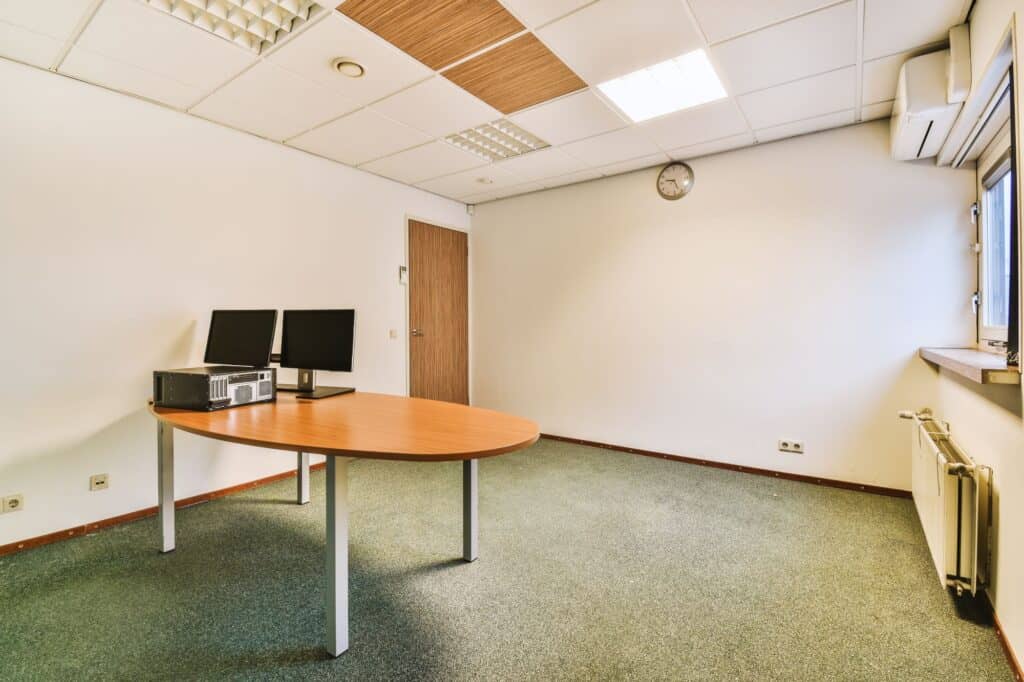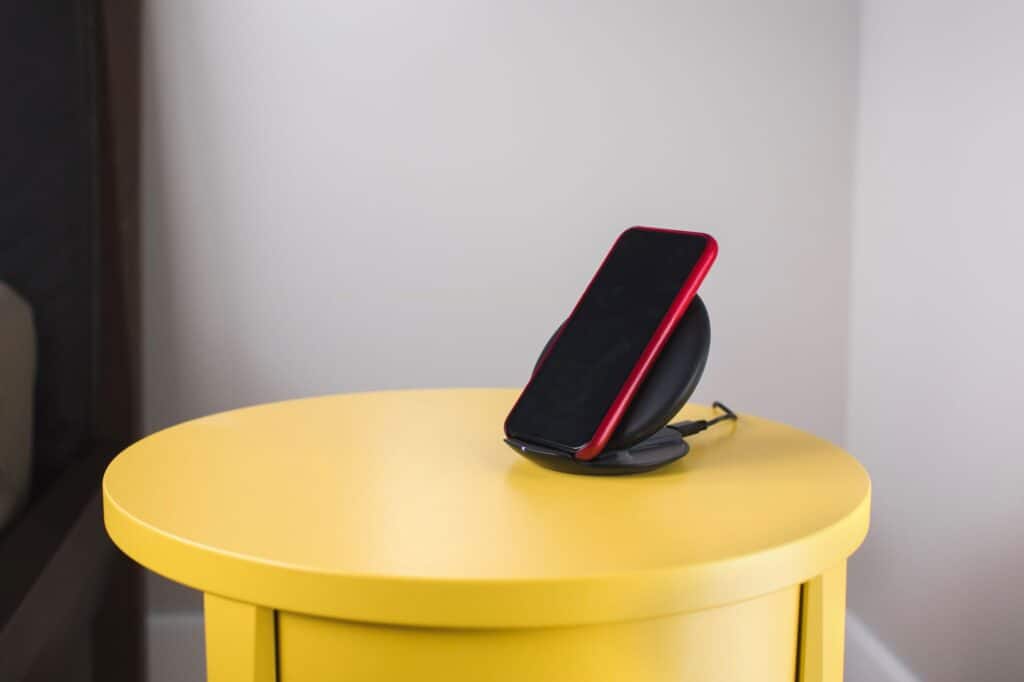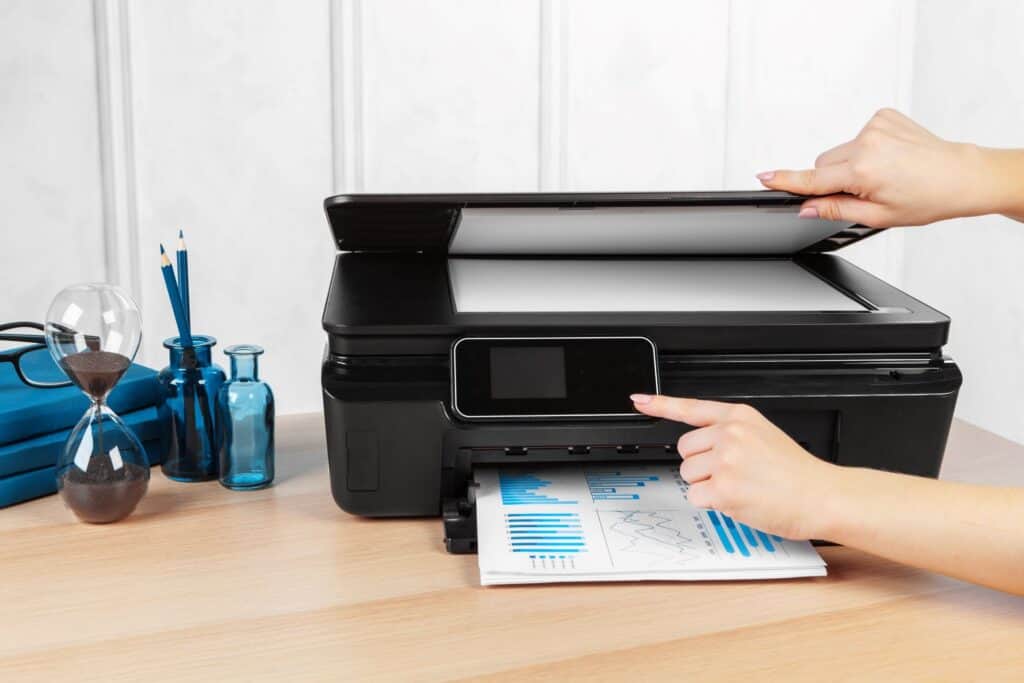Packing IT equipment and electronics safely is crucial to avoid damage during a move. This guide provides practical steps on how to pack IT equipment and electronics, from gathering supplies to protecting devices from static and temperature extremes. You’ll find key tips and methods to ensure your electronics arrive safely at their new destination.
Key Takeaways
- Proper planning and organising essential packing materials are crucial before packing IT equipment and electronics to ensure their protection during a move.
- Preparing your electronics by backing up data, removing batteries and cartridges, and labelling and photographing cables can significantly reduce the risk of damage and streamline the setup process in the new location.
- Taking precautions against static electricity and temperature extremes and ensuring proper cushioning and protection can safeguard electronics from potential hazards during transit.
Organise Your Packing Supplies
A little planning goes a long way. Before you even think about touching your electronics, spend some time organising your packing supplies. Gather all necessary packing materials, including:
- Packing paper
- Bubble wrap
- Packing tape
- Original boxes
- Sturdy boxes
- Foam inserts
Mail Boxes Etc. in UK provides a variety of packing materials, such as polystyrene chips, bubble wrap, and parcel tape, and they also sell single-wall and double-wall cardboard boxes in various sizes.
In Finchley, most big-name stores have dedicated entire sections to moving supplies. These sections cater to the needs of those in the process of relocating. If you prefer a more professional touch, moving companies in Finchley can provide special electronic boxes for packing. Flat-screen TV packing kits and moving cartons are also available at many online stores like Amazon and Home Depot. Once you have all the necessary packing supplies, you’ll be ready to start packing your electronics for moving.
Preparing Your Electronics for Packing
Proper preparation of your electronic devices is a necessary first step before you start packing. Start by backing up all important data from your desktop and other devices to ensure that important files, photos, and documents are secure during the move. This simple step can save you from losing invaluable information if anything goes wrong during transit.
Next, remove batteries, cartridges, and discs from your devices. This prevents leaks or explosions caused by temperature changes. For instance, remove ink cartridges from printers and place them in plastic bags to avoid leakage. Ensuring that no CDs are left in the disk trays of laptops or tablets is equally important. These preparatory steps help minimise the risk of damage to your electronic items.
Labelling and Photographing Cables
One of the most frustrating parts of setting up electronics in a new home is figuring out which cable goes where. Avoid this hassle by labelling and photographing your cables before packing. Use small, coloured stickers for cables and put the same-coloured sticker next to the cable sockets on each device. This simple trick makes it much easier to set everything up quickly in your new home.
Before unplugging the cords, make sure to take photos of the back of your electronic devices …
Before unplugging the cords, make sure to take photos of the back of your electronic devices in addition to labelling them. This will help you remember how to reconnect everything later. These photos will serve as clear reference points, significantly speeding up reassembly. You can also pack detachable cables in labelled plastic Ziplock bags to keep everything organized. These steps will help you save time and avoid frustration when you’re setting up your electronics at your new home.
Disconnecting and Disassembling Devices
Safely disconnecting and disassembling your electronic devices is essential to prevent damage and ensure a smooth move. Here are the steps to follow:
- Always turn off and unplug the device from the power source before disassembling it.
- Wait a few minutes after unplugging to ensure no residual charge, as some capacitors can store a charge for weeks.
- Use a multimeter to check for any residual charge before proceeding with disassembly.
By following these steps, you can safely disconnect and disassemble your electronic devices.
To safely handle and transport your electronics, follow these steps:
- Wear personal protective equipment, like gloves, when handling high-voltage components.
- Remove any detachable parts like mounts or stands to prevent damage during the move.
- Ensure all components of your electronics are securely fastened and safe for transit.
Packing Computers and Laptops
Packing computers and laptops requires special care to ensure they are protected during the move. Use original packaging if available, or a sturdy box if not. Wrap the computer tower with bubble wrap or foam to protect it from high-impact damage.
When packing a desktop computer, wrap the hard drive with 3-4 inches of bubble packaging for added protection.

Protecting Your Computer Equipment
For the protection of your computer equipment, follow these steps:
- Wrap the computer screen in bubble wrap or other protective materials.
- Place the wrapped screen in an upright position.
- Use foam corners to secure the hard drive within the box, preventing movement during transit.
These measures will keep your valuable electronic equipment safe from damage.
Shipping Laptops and Tablets
When shipping laptops and tablets, place them in protective sleeves to prevent scratches and damage. These sleeves can be purchased at stores. After placing the devices in protective sleeves, pack them in separate boxes with cushioning to ensure further protection.
For additional security, consider using FedEx’s specially designed laptop or tablet boxes that include cushioning.
Packing Small Electronics and Accessories
Small electronics and accessories need careful packing to ensure they are protected during the move. Here are some steps to follow:
- Fill any extra space in the box with protective packaging like packing peanuts.
- Seal the box tightly using strong packing tape.
- Label the box with the name of the item and/or the room it belongs to in the new home.
Pack small electronics like mobile phones and accessories such as power cords and external drives in sealable bags. Use sandwich bags for smaller items like spare parts to keep everything organized. This ensures that all your electronics are well-protected and easy to find when you need them. When it’s time to pack electronics, remember these tips for a hassle-free experience.

Packing Large Electronics
When it comes to packing large electronics, securing them in appropriately sized boxes is important to prevent movement during transit. Use sturdy boxes specifically designed for electronics to ensure proper packaging and adequate protection.
Adding moving blankets and bubble wrap provides additional cushioning for large electronics.
Flat Screen TV
Packing a flat-screen TV requires careful attention to detail. If the original TV box is unavailable, you can create a DIY cardboard box using wardrobe boxes and packing tape. Mail Boxes Etc. UK can custom-build wooden crates for transporting valuable or fragile items. Always place the TV upright in the box to avoid pressure on the screen. Using foam corner protectors can further safeguard the TV’s edges.
Ensure the TV is clean before wrapping to prevent scratches during transportation. Pack the remote and power cord with the TV to avoid misplacing them. These steps help ensure that your flat-screen TV arrives safely at your new home.
Home Entertainment Systems
When packing home entertainment systems, wrap each component individually to prevent damage. Cushioned wrapping minimises the risk of scratches and damage. Ensure that all components, including user manuals and external drives, are packed securely to avoid misplacement and damage during the move.
Protecting Against Static Electricity
Static electricity can damage electronics with as little as 30 volts. To prevent this, use anti-static packaging materials like bags, tubes, and stretch film. Anti-static bubble wrap contains an agent that releases an electrical compound to prevent the collection of electrostatic charges. These materials help protect your electronic devices from electrostatic discharge.
Low humidity levels increase the risk of static electricity buildup, leading to electrostatic discharge that can damage electronics. To protect your electronics during a move, consider the following measures:
- Use static-dissipative bags, also known as pink anti-static or pink-poly bags, which provide an economical option for protection against static dissipation.
- Keep the humidity levels in your moving environment at an optimal level to minimise the risk of static electricity buildup.
- Handle your electronics with care and avoid dragging them across surfaces that can generate static electricity.
By taking these precautions, you can ensure that your electronics remain safe from static electricity during the move.
Ensuring Protection from Temperature Extremes
Extreme temperatures can have a detrimental effect on electronic devices. Here are some ways to protect your devices:
- Employ insulation and weatherproofing to protect devices from extreme temperatures and humidity levels.
- Avoid exposing devices to excessive heat, as it can cause thermal stress, leading to accelerated ageing and performance degradation.
- Be cautious of high humidity levels, as they can infiltrate sensitive electronic components, causing corrosion and short-circuiting.
By following these tips, you can ensure the longevity and performance of your electronic devices.
RECOMMENDATION
Humidity control systems, such as dehumidifiers, can help maintain ideal moisture content in the air for electronics. Use moisture-resistant packing materials to protect electronics from humidity and water damage. These steps will help your electronic devices remain functional and safe during the move.
Unpacking and Setting Up in Your New Home
Once you’ve arrived at your new home, start unpacking the boxes in the rooms where you’ll be setting up your electronic devices. This will make it easier to access the necessary items for setup. Testing as you go makes it easier to troubleshoot any problems that may arise. Do not throw away any packing material until everything is up and running to find any small items like cables or screws and to avoid accidental disposal of essential items.
Keep essential items in the same boxes and place them in the same general area during unloading for more efficient unpacking. Clean devices with a soft cloth or compressed air duster to remove dust and debris, which can damage electronics. Following these steps will ensure a smooth transition and setup of your electronic devices in your new home.
Additional Moving Tips for Electronics
Securing all movable components within your electronics is essential to prevent damage during transit. Perform a ‘shake test’ after packing electronics to identify any loose items inside the box. Do not stack heavy boxes on top of electronic items to avoid damage.
Be conscious of moisture; ensure electronics are kept dry and consider the use of moisture-absorbing materials or storing electronics in sealed bags. These additional tips will help maintain the safety and integrity of your electronic devices during the move.
Summary
In conclusion, packing IT equipment and electronics safely requires careful planning and the right materials. From organising your packing supplies to labelling and photographing cables, each step plays a crucial role in ensuring your devices arrive intact. Remember to protect against static electricity and temperature extremes, and follow the unpacking tips to set up your electronics smoothly in your new home. By following this guide, you can pack electronics for moving with confidence, knowing that your valuable devices are safe and secure. Happy moving!
Frequently Asked Questions
What should I do before packing my electronic devices?
Before packing your electronic devices, make sure to back up important data, remove batteries and ink cartridges, and secure cables to prevent damage during the move. This will help protect your devices during the packing process.
How can I keep track of my cables during the move?
To keep track of your cables during the move, label them with small, coloured stickers and take photos of the connections before disassembling them. This will simplify the reassembly process in your new home.
What materials should I use to pack my computer?
You should use the original packaging if possible, or a sturdy box. Wrap the computer tower with bubble wrap or foam, and secure the hard drive with foam corners.
How can I protect my electronics from static electricity?
To protect your electronics from static electricity, use anti-static packaging materials such as bags, tubes, and stretch film. Static-dissipative bags are an economical and effective option for safeguarding your electronics.
What should I do if I don’t have the original box for my flat-screen TV?
If you don’t have the original box for your flat-screen TV, consider creating a DIY box using wardrobe boxes and packing tape, or ordering a custom wooden crate from a reliable service. This way, you can ensure safe transportation and storage for your TV.







